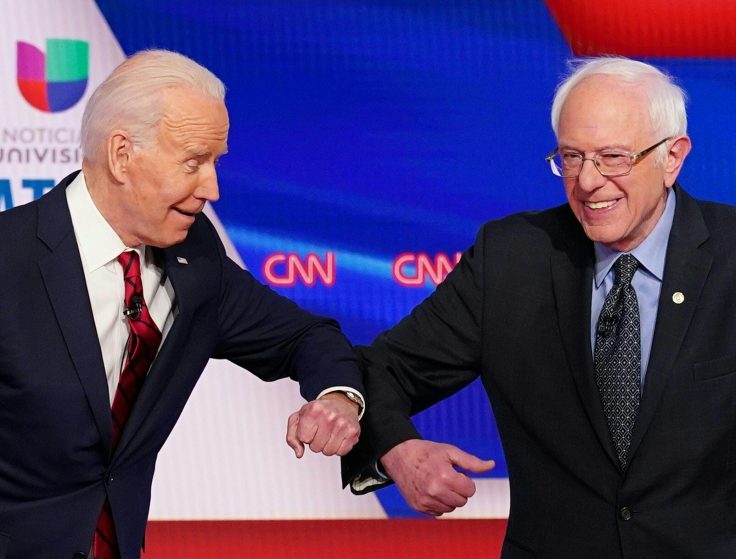The Democratic plan for free community college also throws in up to nearly $7,000 in cash for students who qualify for a Pell grant.
A portion of Biden's $3.5 trillion spending plan would create a federal program that eliminates the cost of tuition at public community colleges in participating states. The federal government would pay for 100 percent of the program in the first year, although its contribution would drop 5 percent each year going forward. The elimination of tuition, however, does not disqualify students from cashing in on tuition assistance benefits. Education economist Preston Cooper said the proposed structure of the program essentially works as a cash giveaway that privileges community college students over those who decide to pursue different careers or opportunities after high school.
"I’m worried about perverse incentives of these two policies together: free community college and Pell expansion," Cooper told the Washington Free Beacon. "Right now, this is less of a problem because most of your Pell money will go to tuition, so the rebate students get is smaller. But if community college becomes free, that changes."
The budget reconciliation bill also increases by $500 the maximum Pell grant award, which is $6,495 for students planning on attending a college for a full year. The Democratic bill would not preclude students from collecting Pell grants, which were designed to provide funding for students "who display exceptional financial need," meaning they would be essentially paid to go to school. Roughly one-third of all college students—6.8 million of 19.7 million—pay for their education at least in part by using taxpayer-funded Pell grants. The average award in 2020 was $3,900 and is based on a formula from the Department of Education that considers family income and the number of dependents an individual or family claims. About 69 percent of all high school graduates attend college in the fall after they graduate, although a smaller percentage end up graduating.
Congressional Democrats are proposing to spend $33 billion on Pell grants next year, a 10 percent increase from 2020. The average cost for a year of community college during the 2018-2019 school year was $3,660, significantly less than the average cost for both public and private four-year universities and colleges. Defenders of Pell grants for community college students argue that money not used for tuition can help cover expenses such as gas, child care, or room and board.
Carlo Salerno, an education economist who works for a financial aid software company, questioned that rationale. The federal government already has a number of other welfare programs to address poverty. Moreover, the reconciliation bill includes a number of new spending initiatives on things such as universal pre-school and expanding the child tax credit.
"The big issue is that Pell was designed to pay for education, not living expenses," Salerno told the Free Beacon. "Why are we turning an education grant into a living grant? Why are community college students specially chosen for increased aid?"
Congressional Republicans, who are unified in their opposition to the budget reconciliation bill, attacked the provision as another example of reckless Democratic spending.
"Democrats won’t admit that community college is already free for those who need it. The maximum Pell Grant already exceeds average tuition and fees for public, two-year institutions," Rep. Virginia Foxx (R., N.C.), ranking member on the House Education and Labor Committee, told the Washington Free Beacon. "Pelosi wants to slap a clearance sign on college degrees and then design federal program after federal program to keep those students entangled in a web of government subsidies. ... This is nothing more than a federal takeover of our postsecondary degree system in order to give a handout to millionaires and illegal immigrants at the expense of hardworking taxpayers."
Research regarding the impact of Pell grants on the rising cost of tuition remains inconclusive, although experts such as Cooper worry that community colleges will be incentivized to raise prices once the cost burden of tuition shifts to states and taxpayers. The reconciliation bill, as it stands, also mandates that states not impose eligibility requirements—such as full-time status, or GPA requirements—on students enrolled at community college.
That provision marks a departure from previous Democratic proposals, including from President Barack Obama's 2016 budget request to Congress. Under Obama’s plan, free community college would only be available "for responsible students" who meet basic academic and attendance requirements.
